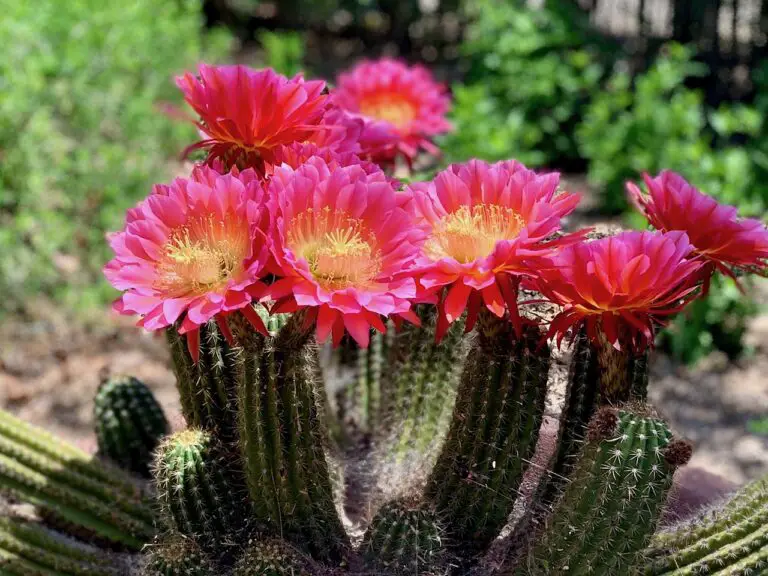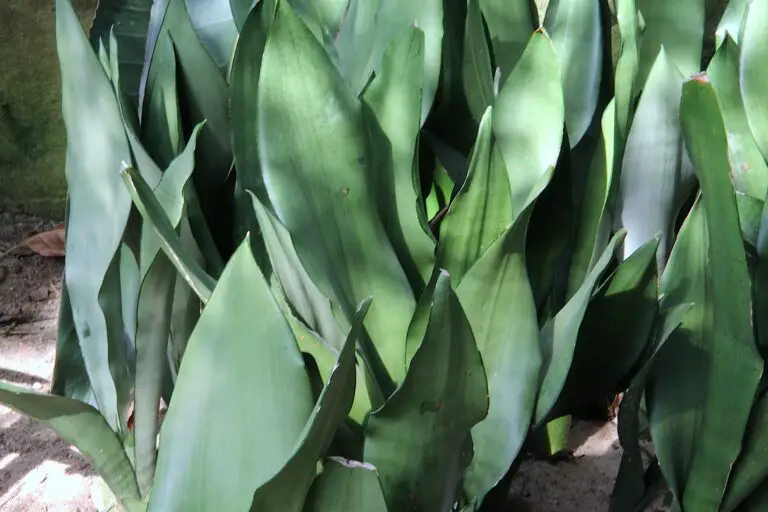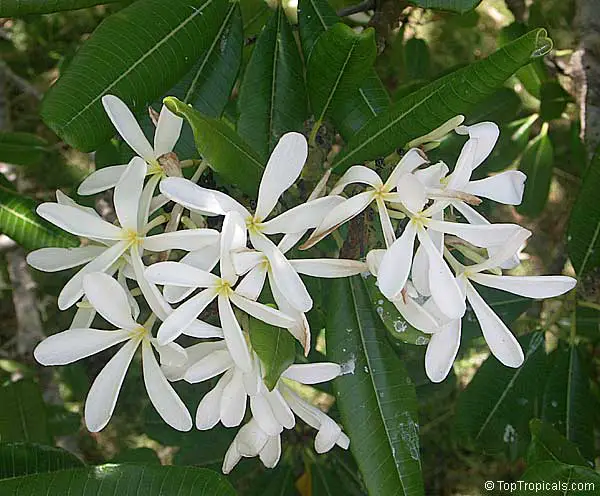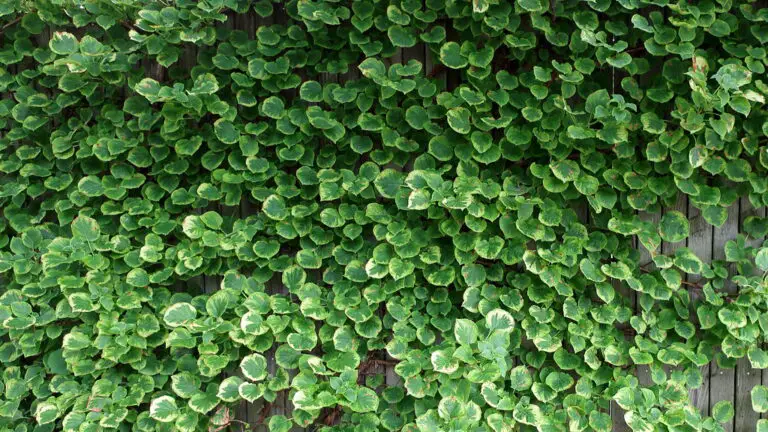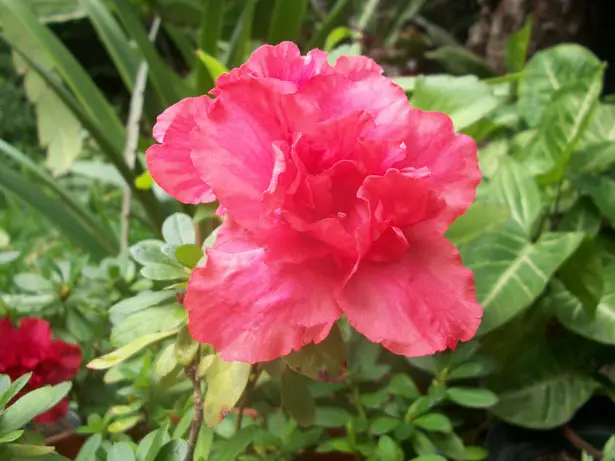In the world of succulents, few plants captivate the imagination quite like the remarkable group of aloes. These fascinating plants not only exhibit stunning aesthetics but also harbor a plethora of practical and health-related applications. In this comprehensive article, we delve into the captivating realm of five specific aloes – Spiral Aloe, Aloe Dorotheae, Aloe Africana, Snake Aloe, and Aloe Vaombe. We explore their unique characteristics, diverse uses, and the myriad benefits they offer. By the end of this journey, you’ll have an enriched understanding of these aloes, their significance, and the valuable contributions they make to both aesthetic and well-being aspects.
I. Spiral Aloe (Aloe polyphylla)
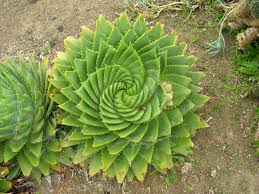
A. Overview
1. Description and Characteristics
Spiral Aloe, scientifically known as Aloe polyphylla, is a mesmerizing succulent famed for its captivating spiral arrangement of leaves. Native to the Maluti Mountains of Lesotho, this aloe species boasts symmetrical, geometrically pleasing patterns that unfold as the plant matures. Its rosette form and tightly packed, fleshy leaves create an enchanting visual display.
2. Native Habitat
This remarkable succulent thrives in high-altitude regions, nestled amidst rocky slopes. Its natural habitat is characterized by cool temperatures, well-drained soils, and ample sunlight.
B. Uses
1. Ornamental Purposes
Spiral Aloe’s unparalleled beauty has made it a prized addition to gardens and landscapes around the world. Its captivating spiral symmetry and striking foliage make it a focal point in xeriscapes and succulent gardens.
2. Medicinal Applications
a. Traditional Uses
In traditional African medicine, Spiral Aloe has been utilized to alleviate digestive discomfort and soothe skin irritations. Its gel-like substance finds application in treating minor burns and wounds.
b. Potential Health Benefits
While more research is needed, some studies suggest that the gel from Spiral Aloe leaves may possess anti-inflammatory and wound-healing properties, potentially due to its rich content of antioxidants and bioactive compounds.
C. Cultivation
1. Growing Conditions
Cultivating Spiral Aloe requires mimicking its native environment. Well-draining soil, good airflow, and moderate sunlight are key factors for its successful growth.
2. Propagation Methods
Spiral Aloe can be propagated through offsets or seeds. Patience is crucial as its slow growth rate demands nurturing care.
II. Aloe Dorotheae
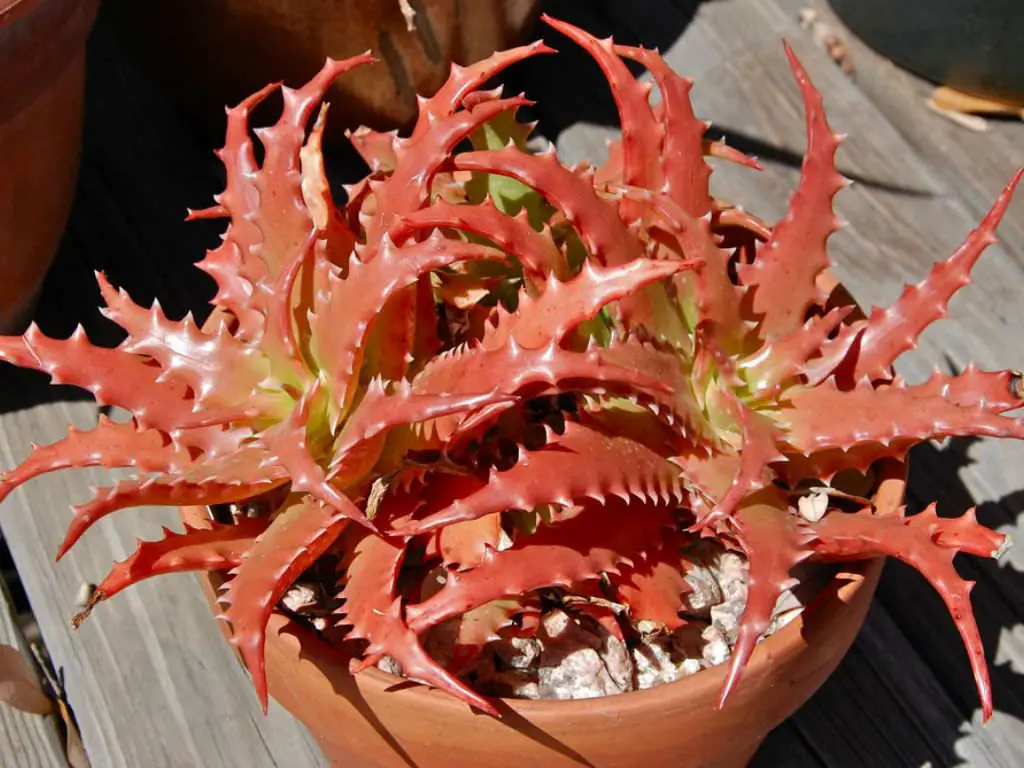
Care and Growing Information Table
| Plant Care | Requirements |
|---|---|
| Light | Full sun |
| Soil | Well-drained |
| Water | Water regularly during the growing season, less in the winter |
| Fertilizer | Fertilize every 2-3 months with a balanced fertilizer |
| Pests and Diseases | Susceptible to mealybugs and scale |
| Propagation | Propagate by stem cuttings or by seed |
A. Overview
1. Description and Appearance
Aloe Dorotheae stands out with its distinctive rosette of thick, succulent leaves, each adorned with a captivating array of white spots. This species presents a visually stunning sight that appeals to succulent enthusiasts.
2. Geographic Distribution
Endemic to Madagascar, Aloe Dorotheae thrives in arid landscapes, often making its home in rocky outcrops.
B. Uses
1. Aesthetic and Landscaping Uses
The visually striking appearance of Aloe Dorotheae makes it a favored choice for ornamental planting. Its unique leaf patterns and low-maintenance requirements add an exceptional charm to gardens.
2. Folkloric and Historical Uses
In Madagascar, this aloe holds cultural significance, being used in various traditional practices. Its leaves have been employed for crafting mats, baskets, and even musical instruments.
C. Potential Benefits
1. Skin-Related Benefits
Aloe Dorotheae’s gel has been traditionally used to soothe skin irritations and minor burns. Its moisturizing properties are sought after in skincare products.
2. Other Potential Uses
Studies are exploring the broader spectrum of Aloe Dorotheae’s bioactive compounds, aiming to uncover potential health benefits beyond its traditional applications.
III. Aloe Africana
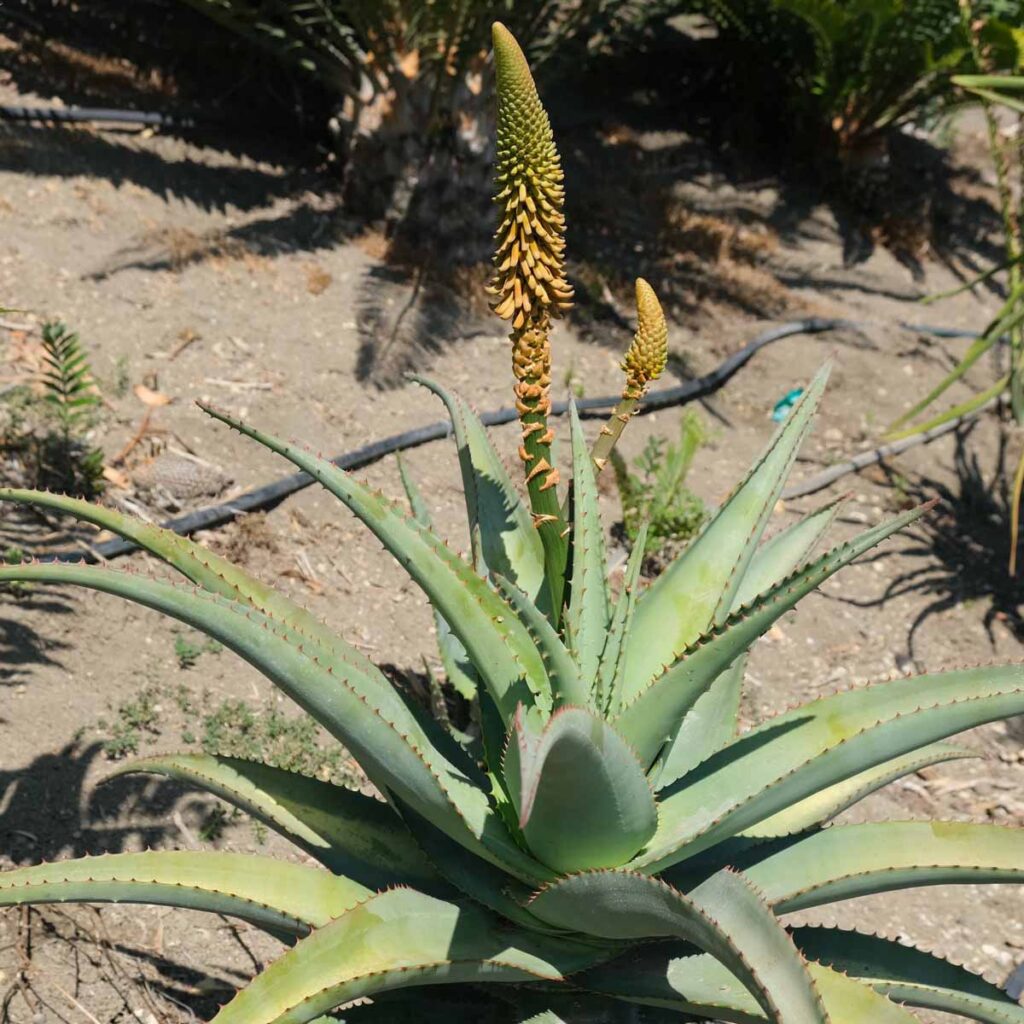
Care and Growing Information Table
| Plant Care | Requirements |
|---|---|
| Light | Full sun |
| Soil | Well-drained |
| Water | Water regularly during the growing season, less in the winter |
| Fertilizer | Fertilize every 2-3 months with a balanced fertilizer |
| Pests and Diseases | Susceptible to mealybugs and scale |
| Propagation | Propagate by stem cuttings or by seed |
A. Introduction
1. Characteristics and Distinguishing Features
Aloe Africana is recognized by its rosette of fleshy leaves, often adorned with white spots and toothed margins. Its leaves vary in color, from vibrant green to reddish tones.
2. Native Regions
Originating in South Africa, Aloe Africana thrives in diverse landscapes ranging from rocky hillsides to coastal regions.
B. Utilization
1. Landscaping and Beautification
Aloe Africana’s vibrant foliage and striking appearance make it a preferred choice for enhancing landscapes, gardens, and even urban spaces.
2. Ethnobotanical Significance
Indigenous communities have long utilized Aloe Africana for various purposes, including crafting baskets and utilizing its sap for its potential medicinal value.
C. Health Benefits
1. Traditional Medicinal Roles
In traditional medicine, Aloe Africana has been employed to address skin ailments and digestive discomfort, showcasing its multifaceted utility.
2. Contemporary Research Insights
Modern research is investigating the bioactive compounds within Aloe Africana, hinting at its potential to provide antioxidants and promote overall well-being.
Fragrant Plants
IV. Snake Aloe (Aloe broomii)

Care and Growing Information Table
| Plant Care | Requirements |
|---|---|
| Light | Full sun |
| Soil | Well-drained |
| Water | Water regularly during the growing season, less in the winter |
| Fertilizer | Fertilize every 2-3 months with a balanced fertilizer |
| Pests and Diseases | Susceptible to mealybugs and scale |
| Propagation | Propagate by stem cuttings or by seed |
A. Overview
1. Appearance and Taxonomy
Snake Aloe’s elongated, sword-like leaves distinguish it from its aloe counterparts. Its botanical name, Aloe broomii, pays homage to the botanist Robert Broom.
2. Habitat and Distribution
Endemic to South Africa, Snake Aloe thrives in rocky terrain, often on hillsides and cliffs.
B. Practical Uses
1. Horticultural and Decorative Value
Snake Aloe’s unique growth pattern and architectural form make it a sought-after specimen for rock gardens and horticultural displays.
2. Traditional Applications
Historically, Snake Aloe’s gel has been used to address minor burns, skin irritations, and wounds.
C. Potential Health Benefits
1. Skin Care and Topical Uses
The gel of Snake Aloe’s leaves is recognized for its cooling and soothing properties, contributing to its historical and potential modern applications.
2. Emerging Wellness Implications
Ongoing research seeks to unveil the full extent of Snake Aloe’s bioactive compounds, shedding light on its role in holistic well-being.
V. Aloe Vaombe
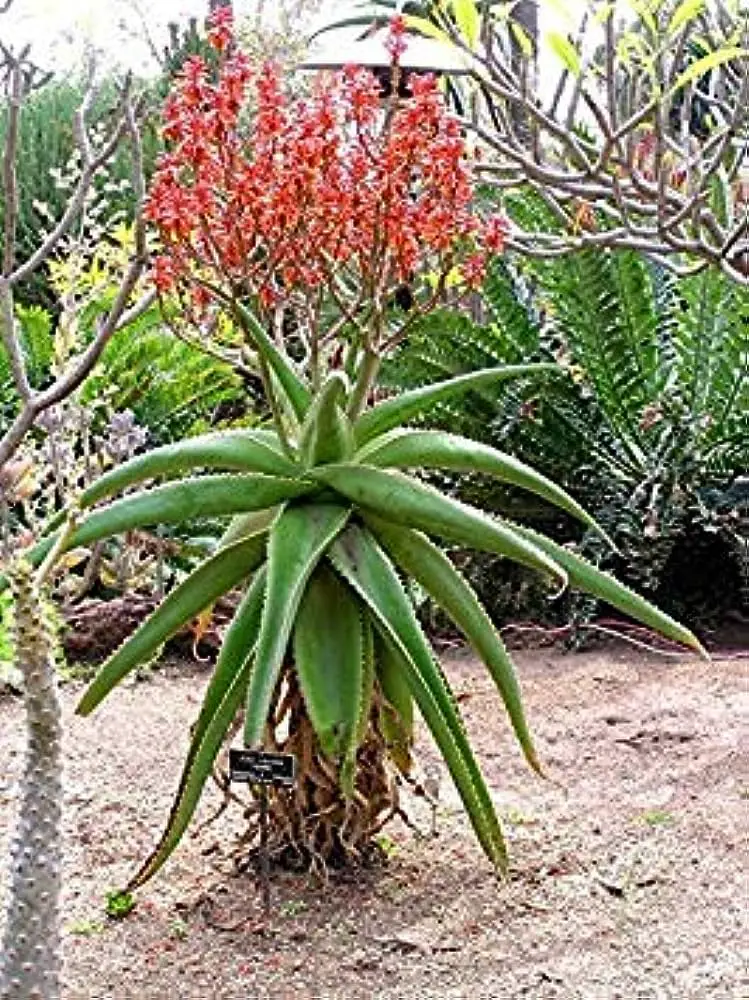
Care and Growing Information Table
| Plant Care | Requirements |
|---|---|
| Light | Full sun |
| Soil | Well-drained |
| Water | Water regularly during the growing season, less in the winter |
| Fertilizer | Fertilize every 2-3 months with a balanced fertilizer |
| Pests and Diseases | Susceptible to mealybugs and scale |
| Propagation | Propagate by stem cuttings or by seed |
A. Introduction
1. Species Description
Aloe Vaombe presents a striking appearance with its upright stems and rosette clusters of leaves. Its presence adds an air of elegance to arid landscapes.
2. Native Environment
Endemic to Madagascar, Aloe Vaombe thrives in arid and semi-arid regions, often making its home among rocky landscapes.
B. Functional Applications
1. Economic Uses
Local communities have found economic value in Aloe Vaombe, utilizing its leaves for crafting durable items like ropes, mats, and baskets.
2. Cultural and Societal Roles
Aloe Vaombe is deeply rooted in Malagasy culture, often associated with rituals and traditional practices, highlighting its societal significance.
C. Health and Well-being Potential
1. Traditional Uses in Healing
In local healing traditions, Aloe Vaombe’s sap has been applied to address minor skin irritations and promote recovery.
2. Modern Research Perspectives
Exploration into Aloe Vaombe’s phytochemical composition holds promise for uncovering its potential contributions to modern health and well-being.
In Conclusion
The captivating world of aloes spans not only visual allure but also an array of uses and potential benefits that touch on both practical and well-being aspects. From the spiral marvel of Aloe polyphylla to the distinctive Aloe broomii, each species holds a unique place in the realm of succulents. As you embark on your journey of exploring these aloes, remember that their significance stretches beyond mere aesthetics, enriching our lives with their diverse applications and potential health contributions.

